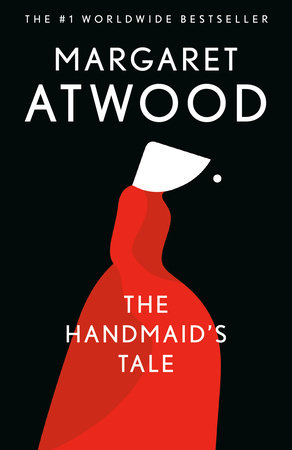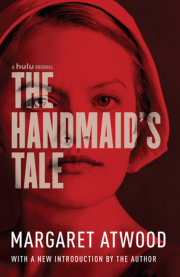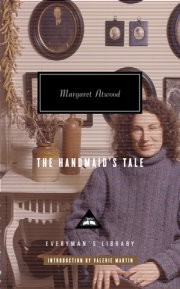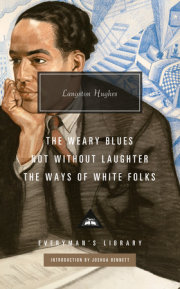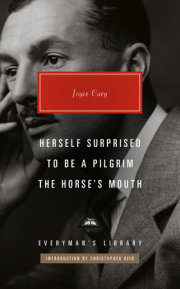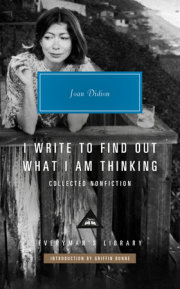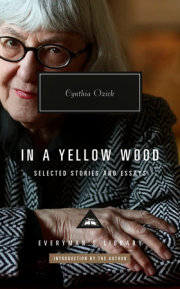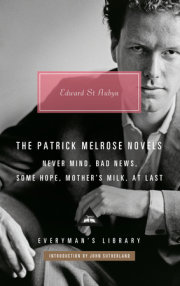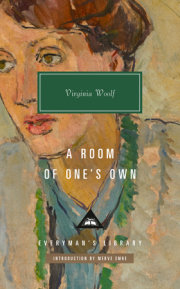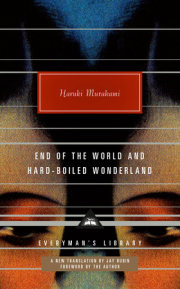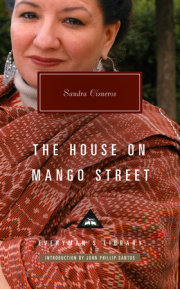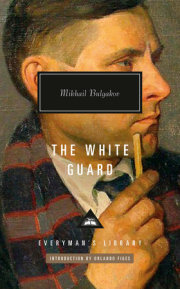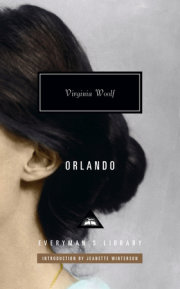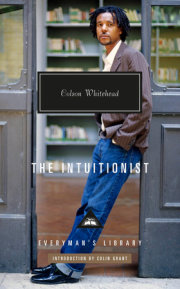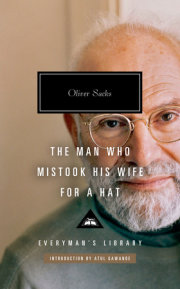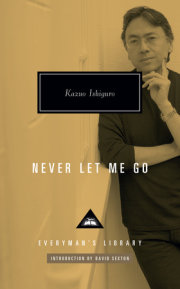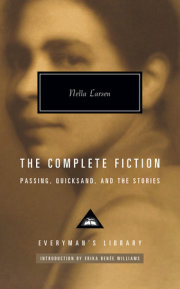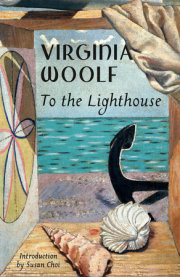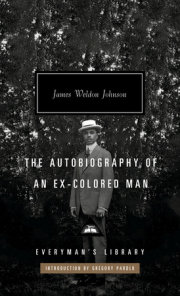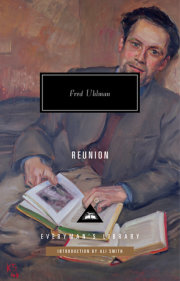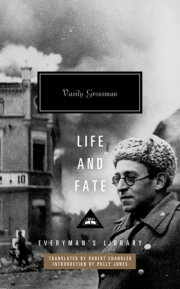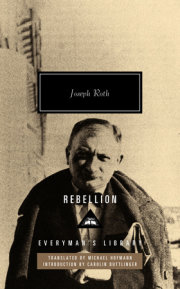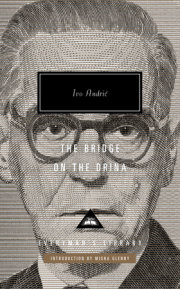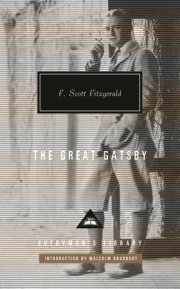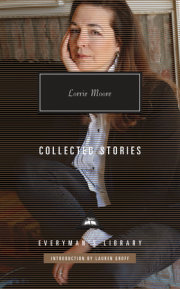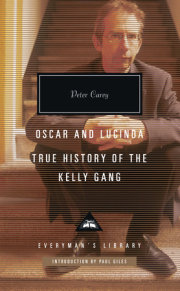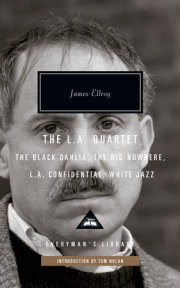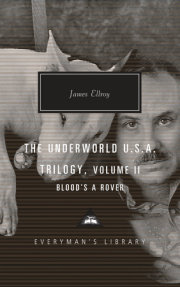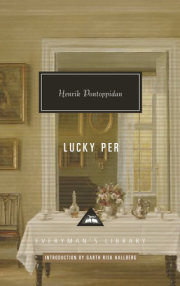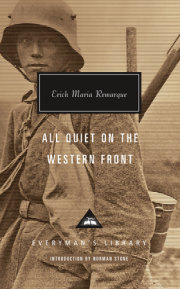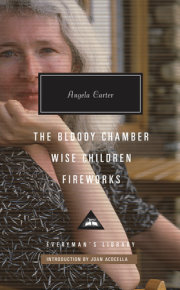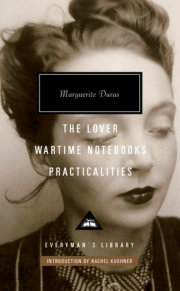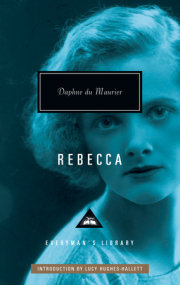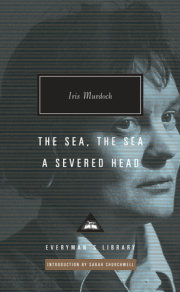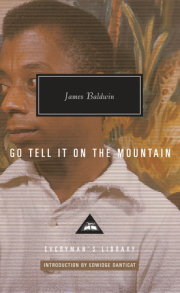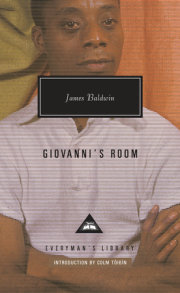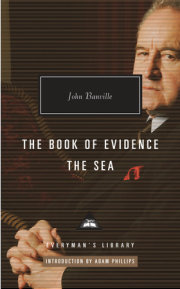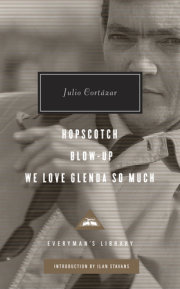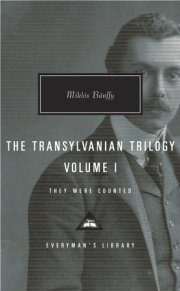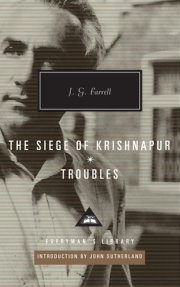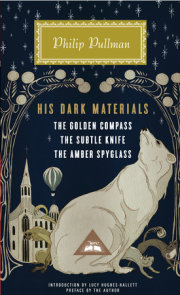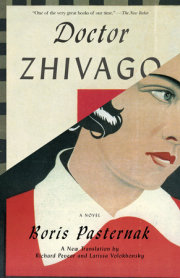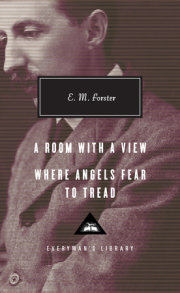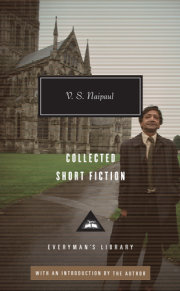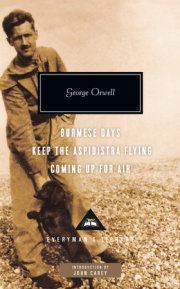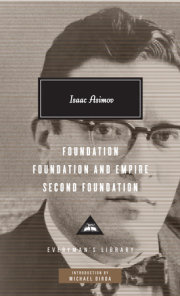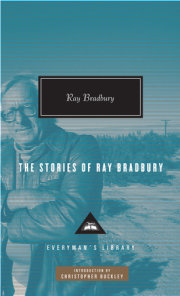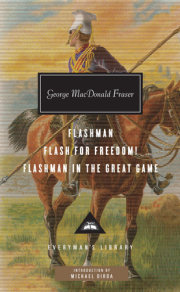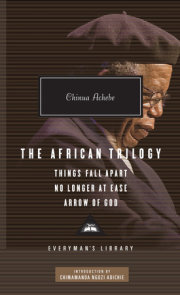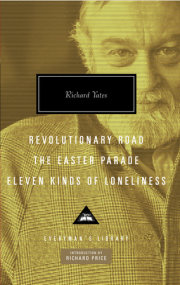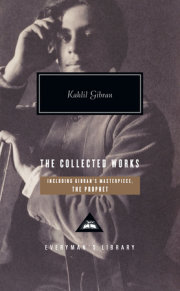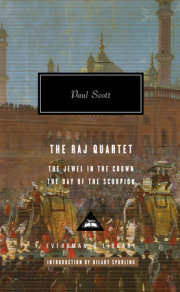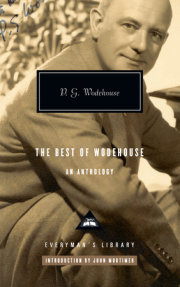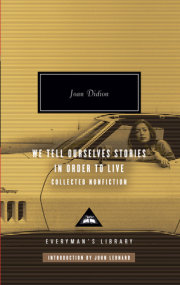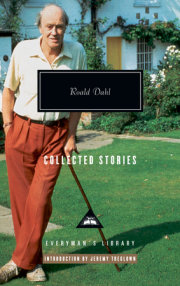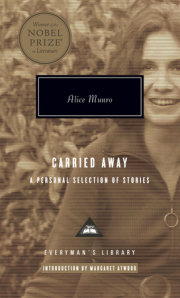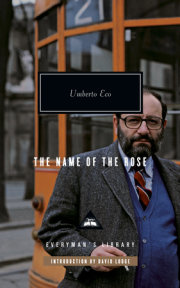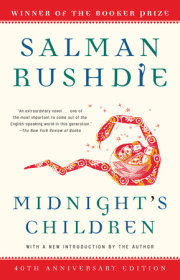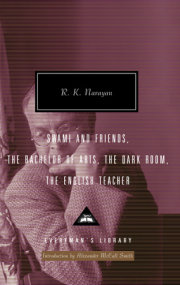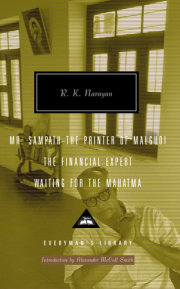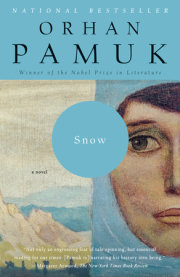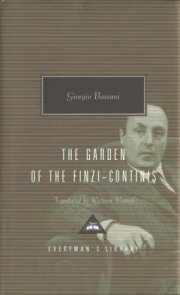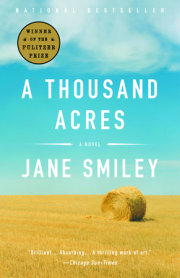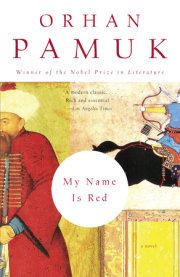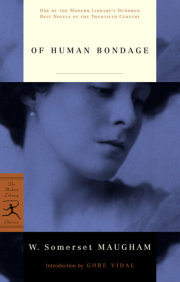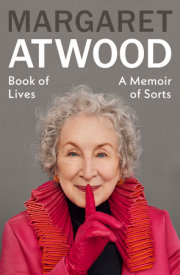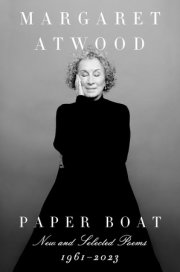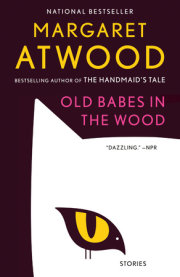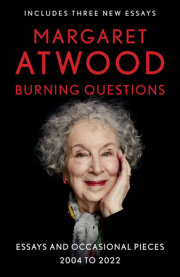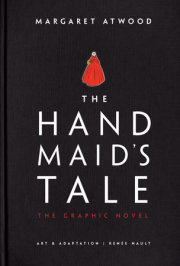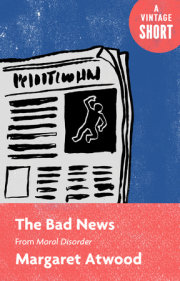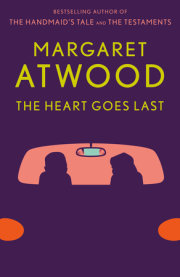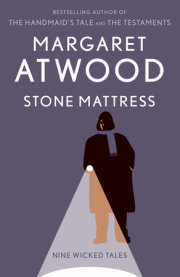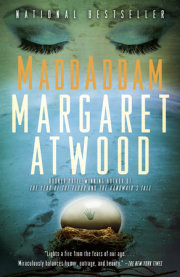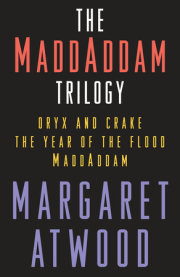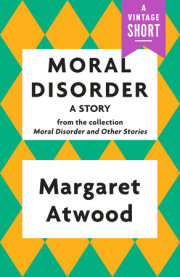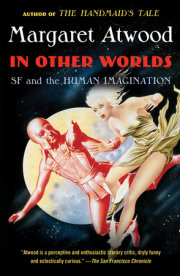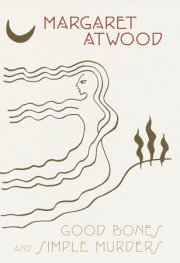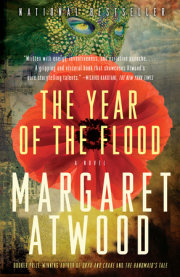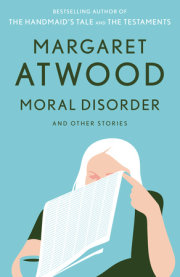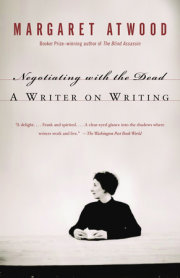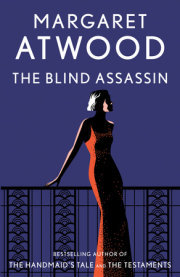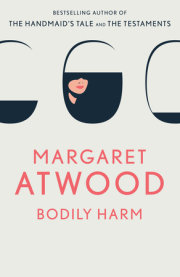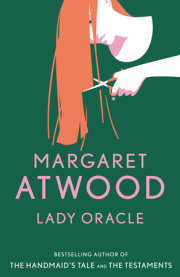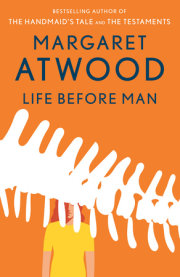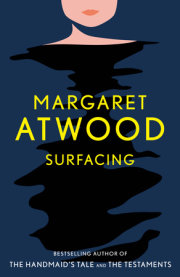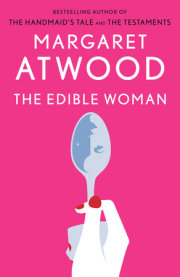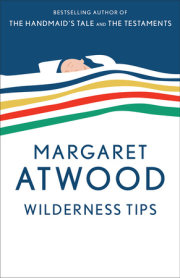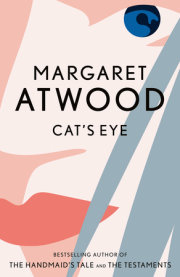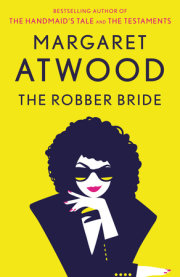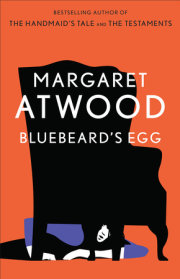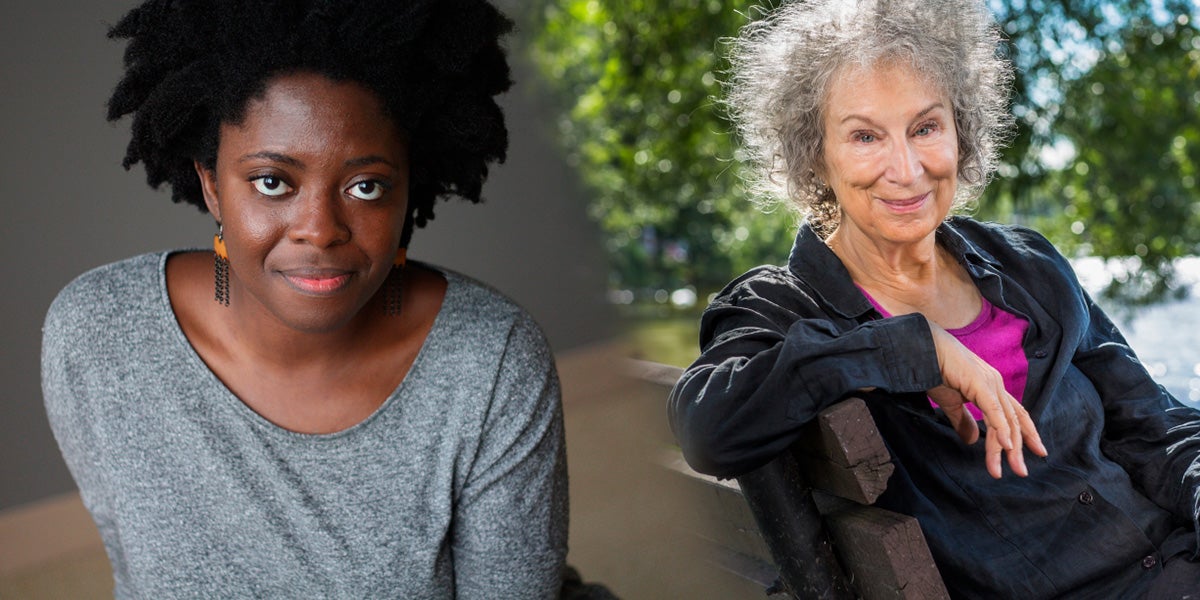from the IntroductionIn the spring of 1984 I began to write a novel that was not initially called
The Handmaid’s Tale. I wrote in long hand, mostly on yellow legal notepads, then transcribed my almost illegible scrawlings using a huge German-keyboard manual typewriter that I’d rented.
The keyboard was German because I was living in West Berlin, which was still encircled by the Berlin Wall: the Soviet empire was still strongly in place and was not to crumble for another five years. Every Sunday the East German air force made sonic booms to remind us of how close they were. During my visits to several countries behind the Iron Curtain—Czechoslovakia, East Germany—I experienced the wariness, the feeling of being spied on, the silences, the changes of subject, the oblique ways in which people might convey information, and these had an influence on what I was writing. So did the repurposed buildings.
This used to belong to . . . But then they disappeared. I heard such stories many times.
Having been born in 1939 and come to consciousness during World War II, I knew that established orders could vanish overnight. Change could also be as fast as lightning.
It can’t happen here could not be depended on: anything could happen anywhere, given the circumstances.
By 1984, I’d been avoiding my novel for a year or two. It seemed to me a risky venture. I’d read extensively in science fiction, speculative fiction, utopias and dystopias ever since my high school years in the 1950s, but I’d never written such a book. Was I up to it? The form was strewn with pitfalls, among them a tendency to sermonize, a veering into allegory, and a lack of plausibility. If I was to create an imaginary garden, I wanted the toads in it to be real. One of my rules was that I would not put any events into the book that had not already happened in what James Joyce called the “nightmare” of history, nor any technology not already available. No imaginary gizmos, no imaginary laws, no imaginary atrocities. God is in the details, they say. So is the devil.
Back in 1984, the main premise seemed—even to me—fairly outrageous. Would I be able to persuade readers that the United States of America had suffered a coup that had transformed an erstwhile liberal democracy into a literal-minded theocratic dictatorship? In the book, the Constitution and Congress are no longer: the Republic of Gilead is built on a foundation of the seventeenth-century Puritan roots that have always lain beneath the modern-day America we thought we knew.
The immediate location of the book is Cambridge, Massachusetts, home of Harvard University, now a leading liberal educational institution but once a Puritan theological seminary. The Secret Service of Gilead is located in the Widener Library, where I had spent many hours in the stacks, researching my New England ancestors as well as the Salem witchcraft trials. Would some people be affronted by the use of the Harvard wall as a display area for the bodies of the executed? (They were.)
In the novel, the population is shrinking due to a toxic environment, and the ability to have viable babies is at a premium. (In today’s real world, studies in China are now showing a sharp fertility decline in Chinese men.) Under totalitarianisms—or indeed in any sharply hierarchical society—the ruling class monopolizes valuable things, so the elite of the regime arrange to have fertile females assigned to them as Handmaids. The biblical precedent is the story of Jacob and his two wives, Rachel and Leah, and their two handmaids. One man, four women, twelve sons—but the handmaids could not claim the sons. They belonged to the respective wives.
And so the tale unfolds.
Copyright © 2017 by O. W. Toad, Ltd. All rights reserved. No part of this excerpt may be reproduced or reprinted without permission in writing from the publisher.

